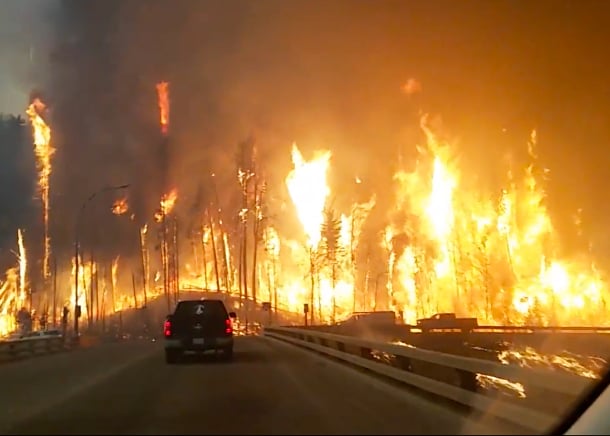“It’s time to support young people as they wake up their elders. It may be the only thing that saves us. See you in the streets. I’ll be there, marching beside my daughter.”

High school students hold placards and shout slogans during a protest to demand action on climate change as part of the Global Climate Strike of the movement Fridays for Future in Athens, Greece, November 29, 2019. REUTERS/Alkis Konstantinidis
What happened in Madrid at the U.N. climate talks seemed like a giant game of chicken with no one willing to move. Actually, it was more like collective breakdown. Leadership by the top four largest emitters was completely absent.
China and the U.S. brought no new proposals to ratchet up their reduction of emissions. India argued for a deadline extension. Europe showed signs of leadership on net zero emissions, but its member countries, notably Poland and the Czech Republic, are holding the EU hostage, waiting for a big payout for their consent.
Sure, there were important little things that happened, but not the big things we need if we’re to preserve a hospitable planet.
A courageous group of countries, including Denmark, other Nordics, and Canada, announced intentions to adopt science-based targets. That’s a start. We are told that this group, along with 15 others, are ready to announce a net zero commitment early next year and that they plan to rally others to join them. Europe’s net zero agreement could come by March.
That’s better than nothing. And, in some ways, it’s similar to the momentum-building we witnessed at the Paris climate talks in 2015. There, a coalition of countries rallied others to keep warming targets to 1.5 degrees Celsius above pre-industrial temperatures, which is what scientists say is necessary to avoid the worst of climate chaos.
But we’re nowhere near that target. Current national commitments would allow for warming of 3.2-degrees Celsius. The difference between 1.5 and 3.2 degrees is the difference between livability and ongoing catastrophes for the planet, millions of its species, and human communities.
This is where Greta Thunberg’s rage – and many others’ – is spot on. This is a horrendous failure on the part of national leaders.
That’s why we hoped we could rally national governments in Madrid to commit to more ambitious measures to keep warming to no more than 1.5 degrees.
Our window is closing. This moment – between the Paris climate talks in 2015 and the end of 2020 – is when national governments are supposed to proclaim goals that collectively keep the planet to 1.5 degrees above pre-industrial temps, instead of 3.2 degrees.
And the only way we’ll be able to do that is if we agree to a goal of net zero emissions by 2050. That would require all four big emitters to set stronger long-term goals.
What’s holding them back, of course – in China, the U.S., India and Europe – are their fossil fuel industry interests and fossil-invested financial partners.
Meanwhile, everyone else gets it. Cities, states, regions, businesses, and youth get it. Leaders from each rallied as hard as they could in Madrid.
The city, state, and corporate determination to act is so inspiring. (Check out the Carbon Neutral Cities Alliance’s game changers as just one example of the leadership here.) This community has grown by leaps and bounds since Paris. They’ve shown creativity and purpose in proposing their own levels of ambition required to solve the climate crisis.
Most inspiring of all, though, were the hundreds of youth that demonstrated inside Madrid’s conference center, on behalf of millions of youth demonstrating globally this year, demanding their elders do better. They are a powerful rebuke to fossil fuel interests and their bankers. In Madrid, their courage – when they were forcibly removed from UN climate talks, shoved out of the building, and banned from re-entering – is deeply inspiring. Imagine if presidents and prime ministers were this courageous.
Going forward, this is where the most interesting climate action will be. Youth leaders, discouraged by the lack of government response to the climate emergency, are training their sights on bad corporate actors. Woe to fossil fuel and banking executives who face demonstrations by Greta and her peers in the coming year.
She won’t be alone. We all need to stand with Greta outside financial and fossil fuel industry corporate offices, holding their feet to the fire. And governments must listen, too, and show up at the next climate talks with plans to avoid more than a 1.5-degree level of warming. Otherwise, these kids, and the rest of us, are toast.
It’s time to support these young people as they wake up their elders. It may be the only thing that saves us. See you in the streets. I’ll be there, marching beside my daughter. SOURCE













